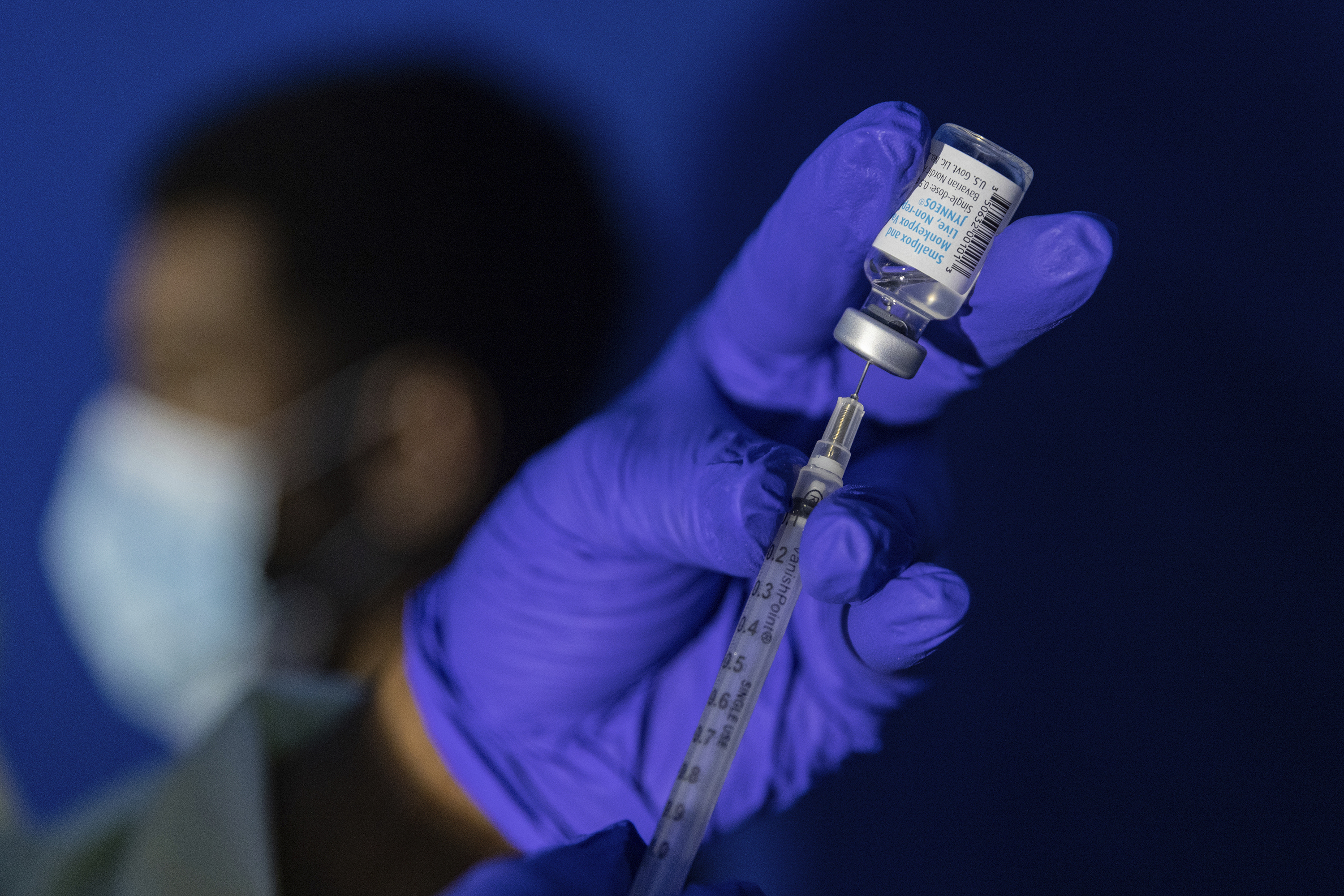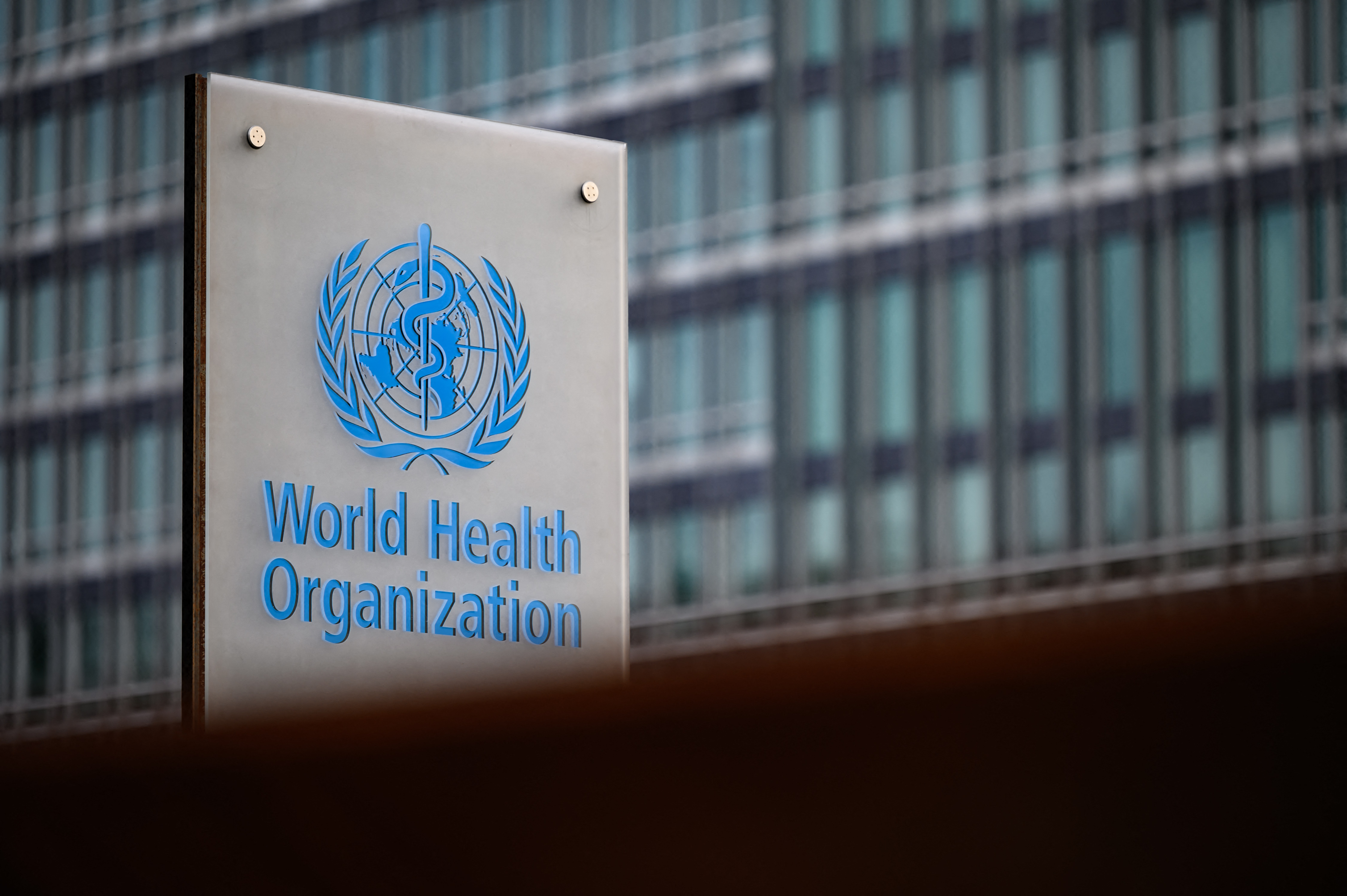The World Health Organization’s decision to declare mpox a global public health emergency for the second time in two years may seem like déjà vu — but there are key differences between the strain that’s causing international concern now and the one that spread in 2022.
Mpox, formerly known as monkeypox, is a viral infection characterized by painful lesions. It’s spread by direct contact with an infected person, animal or contaminated items like clothing or bedding.
The virus is classified into two distinct groups: clade I and clade II.
Clade II was responsible for the 2022 outbreak, which has led to around 100,000 cases worldwide.
But now, a version of clade I has spread internationally. The outbreak started in January 2023 in the Democratic Republic of Congo, and has since reached 12 other countries in the region.
On Thursday, Sweden confirmed the first known infection of clade I outside Africa, though Swedish health officials said the person was infected while spending time in Africa. Health authorities in Pakistan also confirmed a case of mpox on Friday but have not identified the strain yet.
Get Tri-state area news delivered to your inbox. Sign up for NBC New York's News Headlines newsletter.
Clade I is more transmissible than clade II and capable of being more severe, so infectious disease experts are concerned about further international spread.
“We should have learned a lesson from 2022 that an infection anywhere is potentially an infection everywhere,” said Anne Rimoin, an epidemiology professor at the University of California, Los Angeles Fielding School of Public Health.
How does this version of mpox spread?
Mpox has historically spread in a few ways. The first is through close, personal contact with an infected person, such as skin-to-skin contact with rashes or with saliva or mucus. The second is via contact with contaminated materials. And the third is contact with infected animals: hunting, trapping or cooking them, touching sick rodents or getting bitten or scratched.
In 2022, the version of clade II that spread globally, dubbed clade IIb, was passed primarily through sexual contact, particularly among men who have sex with men.
In the Democratic Republic of Congo recently, clade Ib has also been spreading through sexual contact among female sex workers and men who have sex with men. Research that hasn’t yet been published or peer reviewed linked an outbreak in an eastern mining town in Congo to professional sex work in bars.
But that’s not the only way the virus is being transmitted. Dr. Stuart Isaacs, an associate professor of medicine at the University of Pennsylvania, said much of the spread of clade I could be due to exposure to animals and transmission within households, but limited surveillance in the regions where the virus is make it difficult to know for sure.
Isaacs said there’s early evidence that clade Ib has certain “properties that are allowing it to spread more readily person to person.”
How severe are the recent cases?
In the past, outbreaks of clade I have been deadlier than clade 2, killing up to 10% of people who got sick. But more recent outbreaks have had lower death rates. Out of an estimated 22,000 cases in this outbreak in Congo, more than 1,200 people have died — which puts the fatality rate at just above 5%.
By comparison, clade II outbreaks in Africa have generally had a mortality rate of around 1%, and just 0.2% of cases linked to the 2022 global outbreak were fatal.
Rimoin said the disease’s severity “can have less to do with the actual clade and more to do with route of transmission, the immune system of the individual, the source of the infection.”
The threat in the U.S. could be milder than in Africa, according to Marc Siegel, an associate professor of medicine at the George Washington School of Medicine and Health Sciences.
“The underlying health conditions of the population in the DRC are probably contributing to the current case fatality rate,” he said, using the acronym for the Democratic Republic of Congo. “With less malnutrition and better access to health care resources, I would imagine that the case fatality rate will not be as high as we’re seeing in the DRC.”
Vaccines for mpox are also widely available in the U.S., following a major rollout effort in 2022. Two doses of the mpox vaccine or a previous clade II infection should protect against severe illness from clade I, the Department of Health and Human Service said Wednesday.
Do mpox symptoms differ between the clades?
Symptoms of the two mpox clades can be difficult to distinguish from each other.
The illness generally starts with a rash that progresses to small bumps on the skin, followed by blisters that fill with whitish fluid — a hallmark of the disease — and eventually scab over. People may also experience a fever, headache, muscle aches, back pain, low energy and swollen lymph nodes.
These symptoms often disappear on their own within a few weeks. But in severe cases, people may develop larger, more widespread lesions, secondary bacterial infections, pneumonia, heart inflammation or swelling of the brain. Immunocompromised people may develop atypical symptoms and have a greater risk of hospitalization and death.
Historically, mpox lesions have tended to appear on the face, chest, palms of the hands and the soles of the feet. But during the 2022 outbreak, people frequently developed lesions around the genital and anal region or inside the mouth and throat, presumably because of how the virus was spreading at the time. The lesions were also fewer in number and less pronounced overall.
Some cases of this nature have also been detected in the current outbreak in Congo.
“There is talk that there are more people that have lesions around the genitals this time around than previous clade I outbreaks,” said Amira Albert Roess, a professor of global health and epidemiology at George Mason University. “It’s going to take us some time to really understand what may be going on here.”
This story first appeared on NBCNews.com. More from NBC News:



